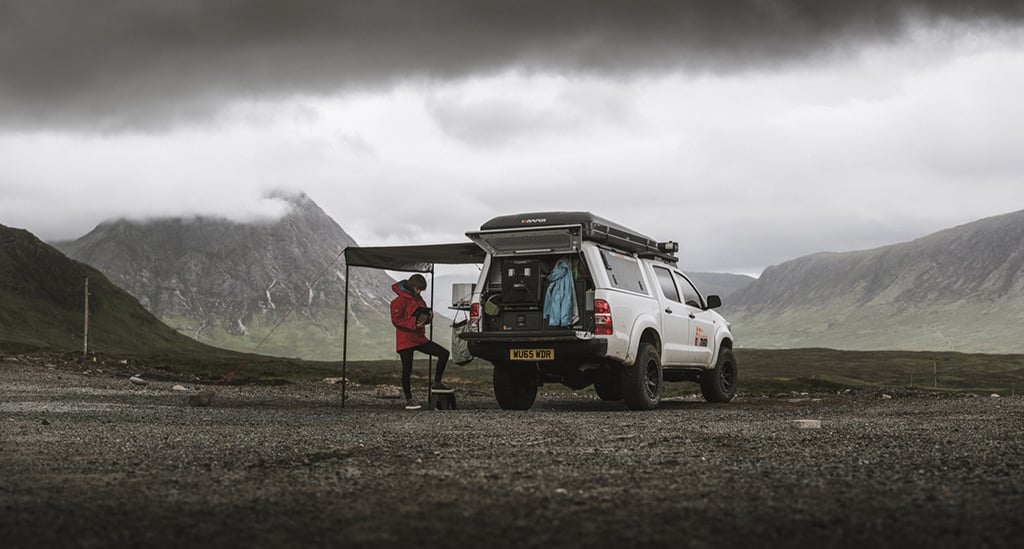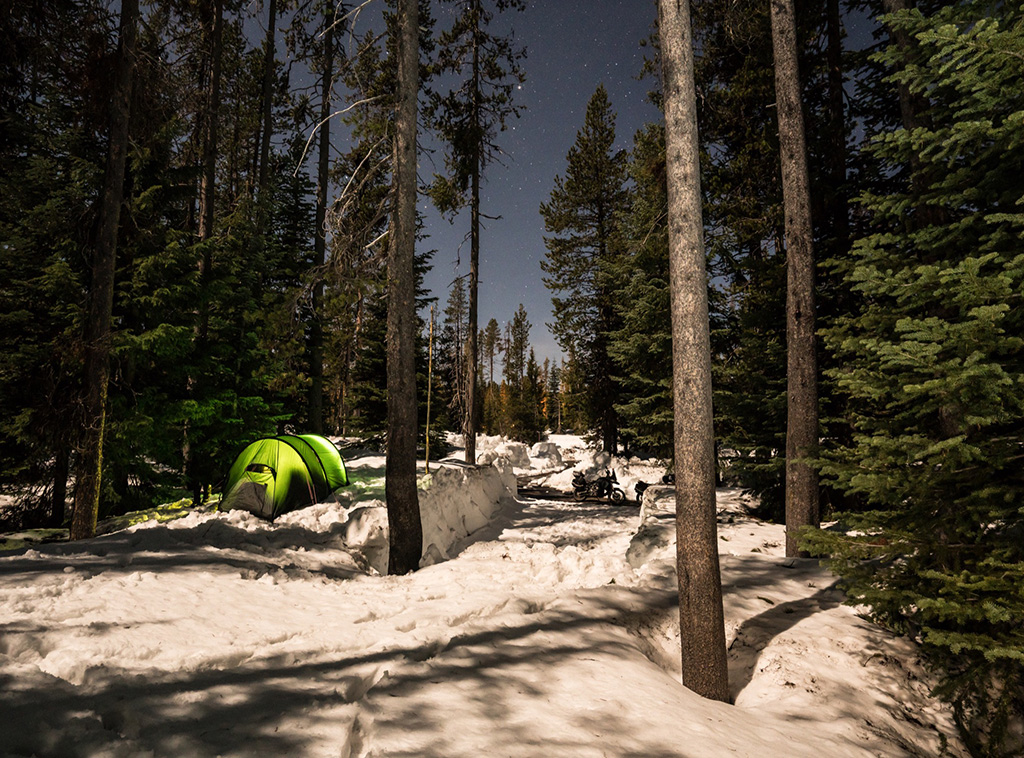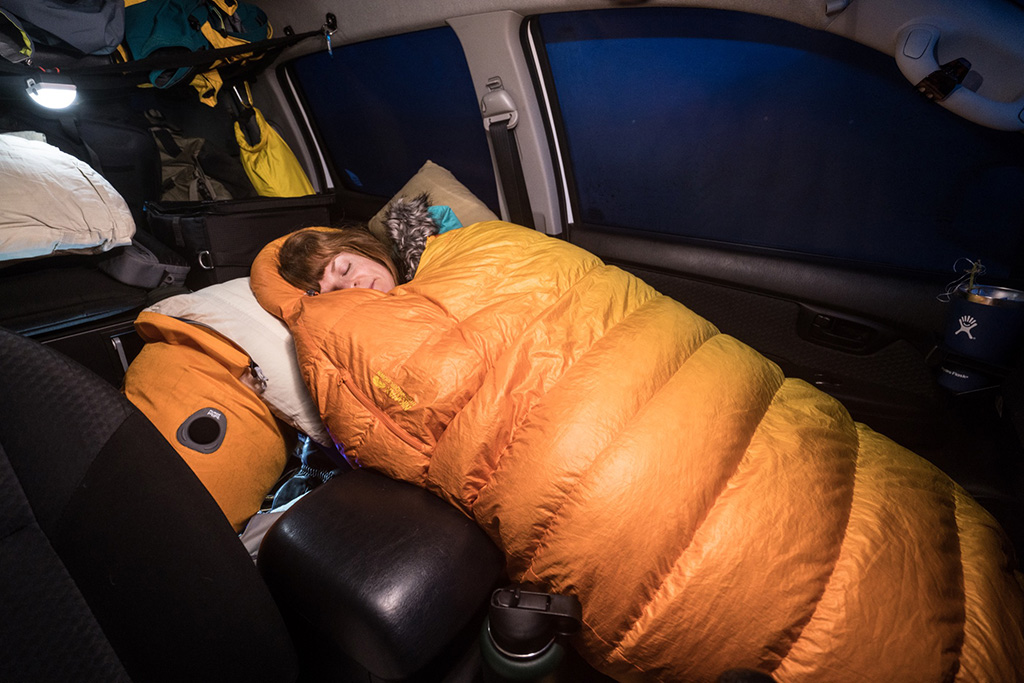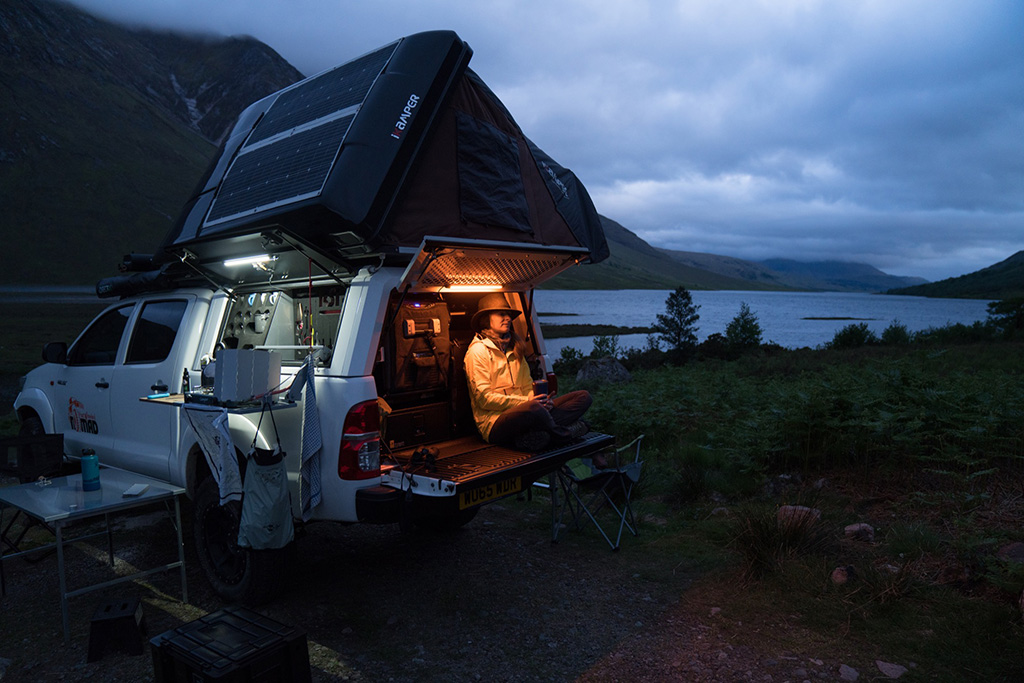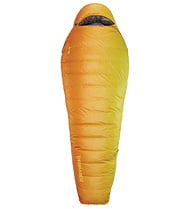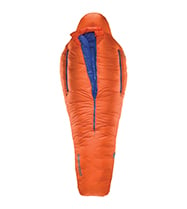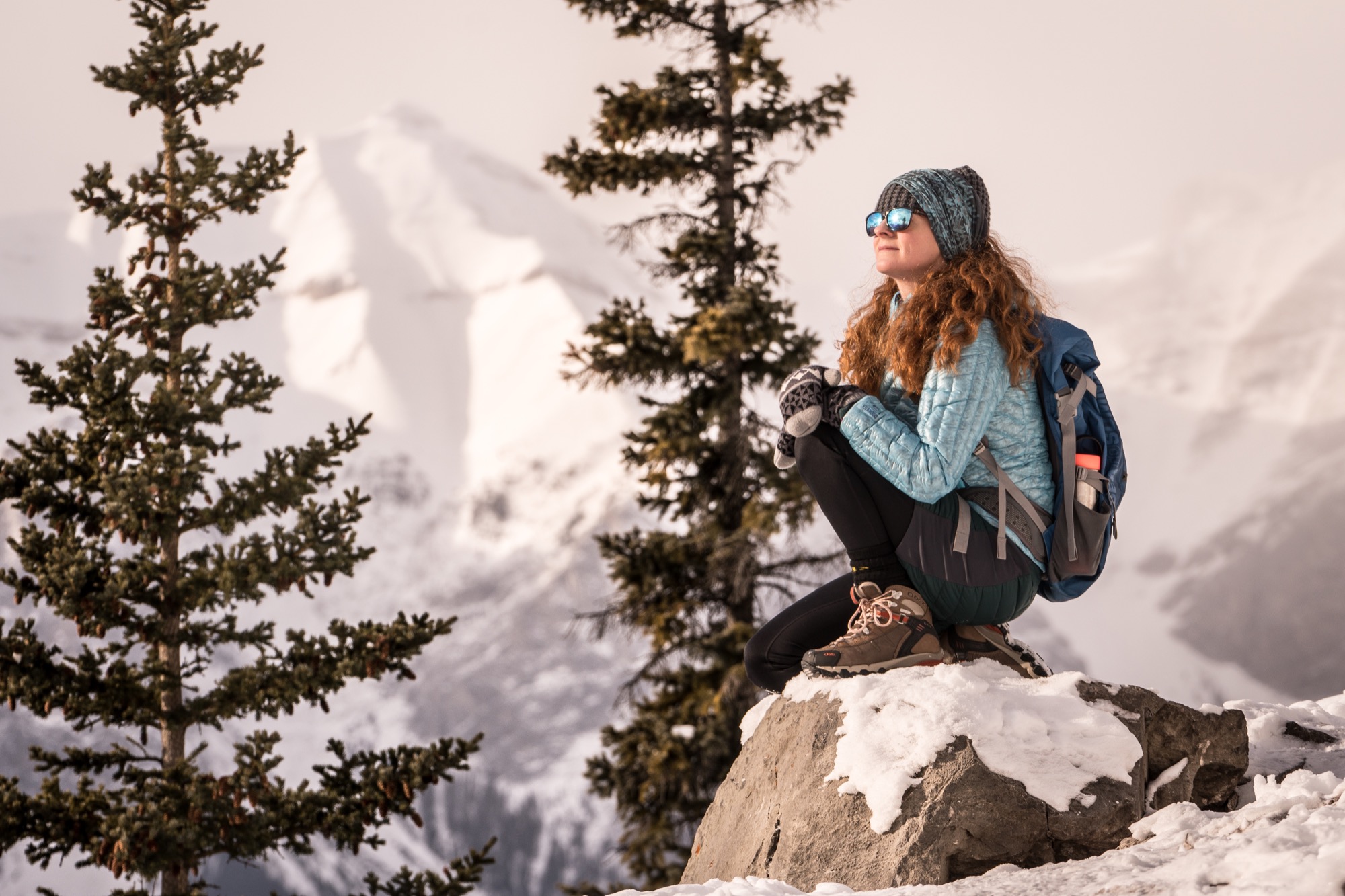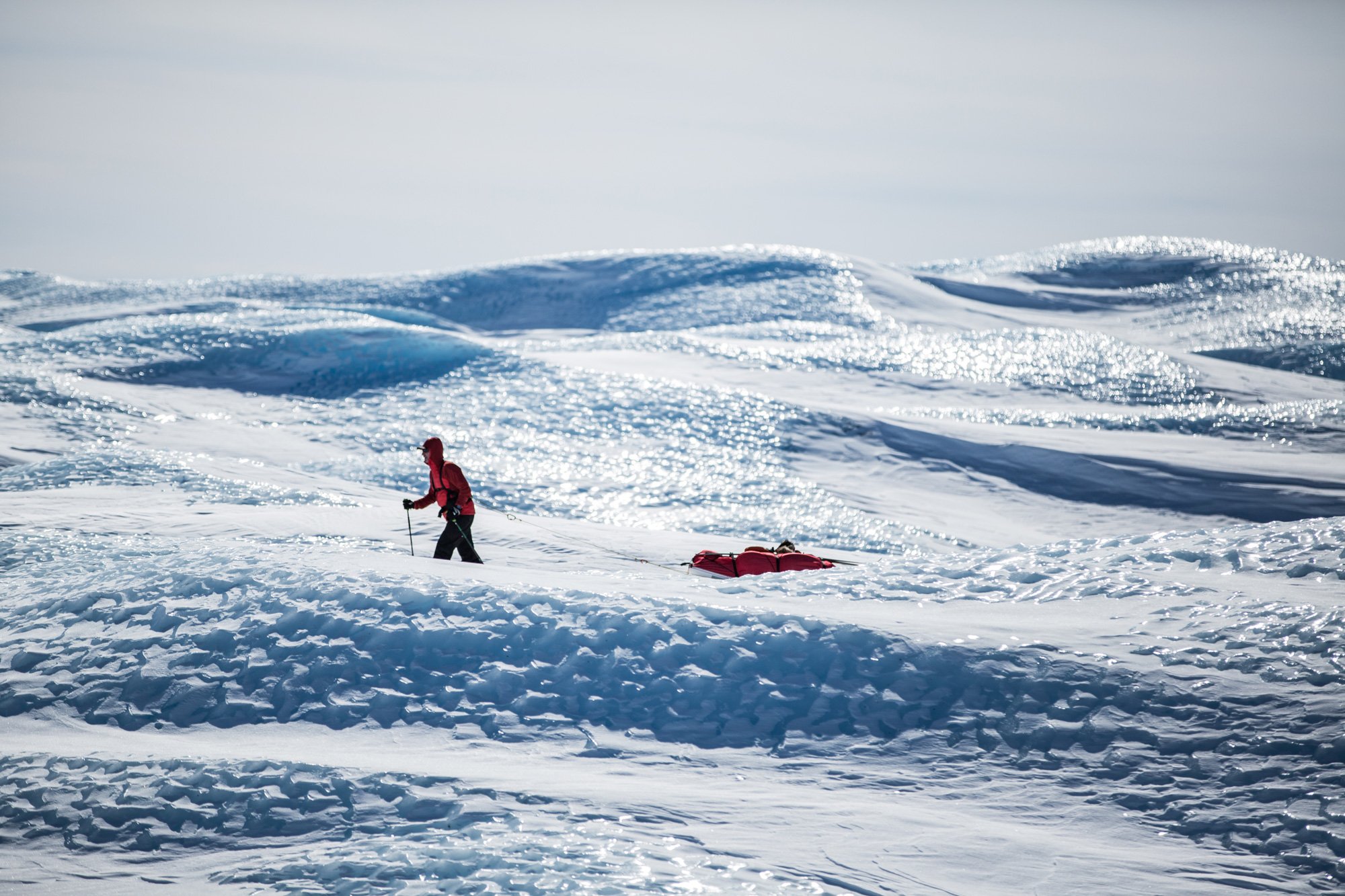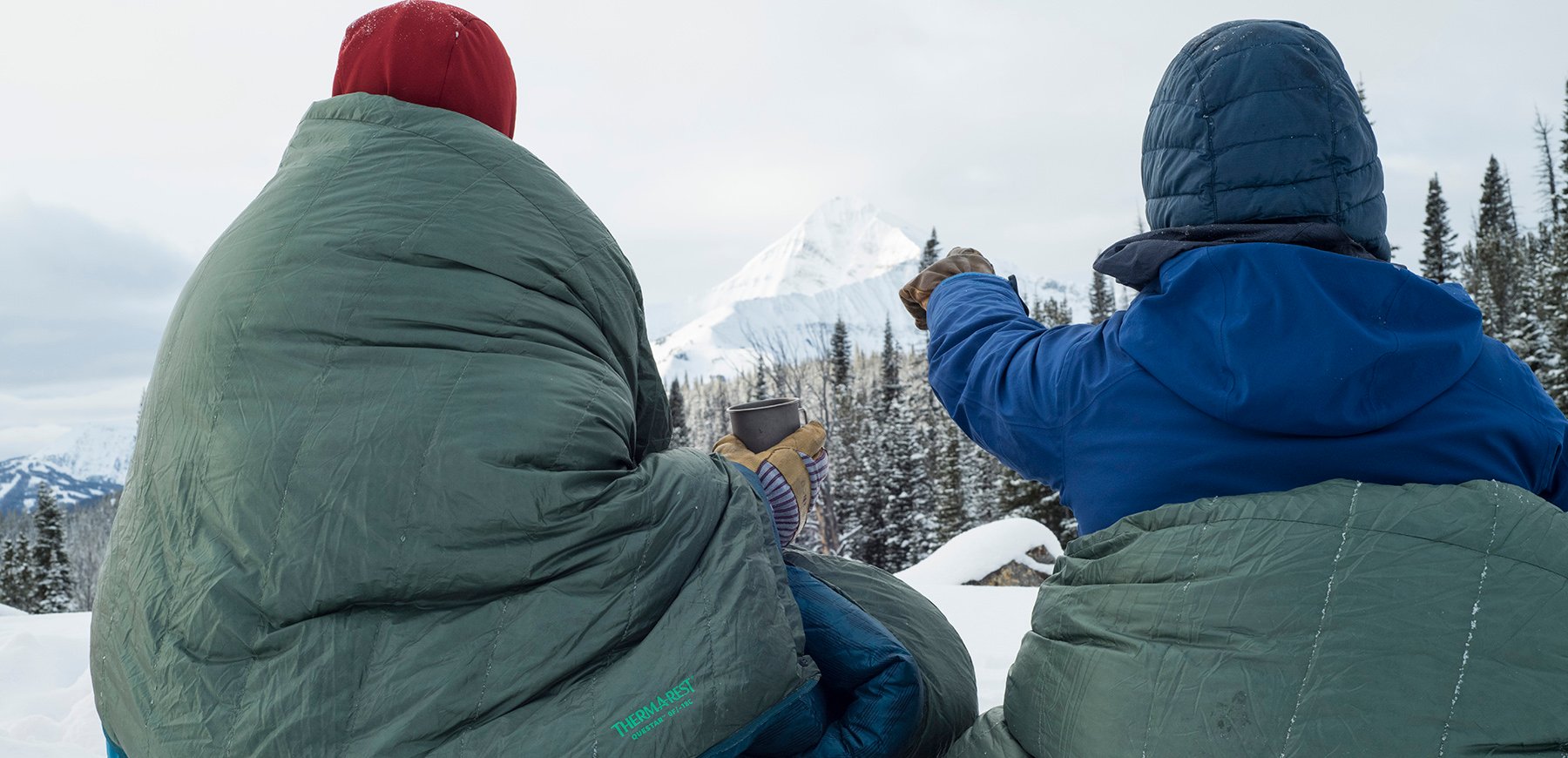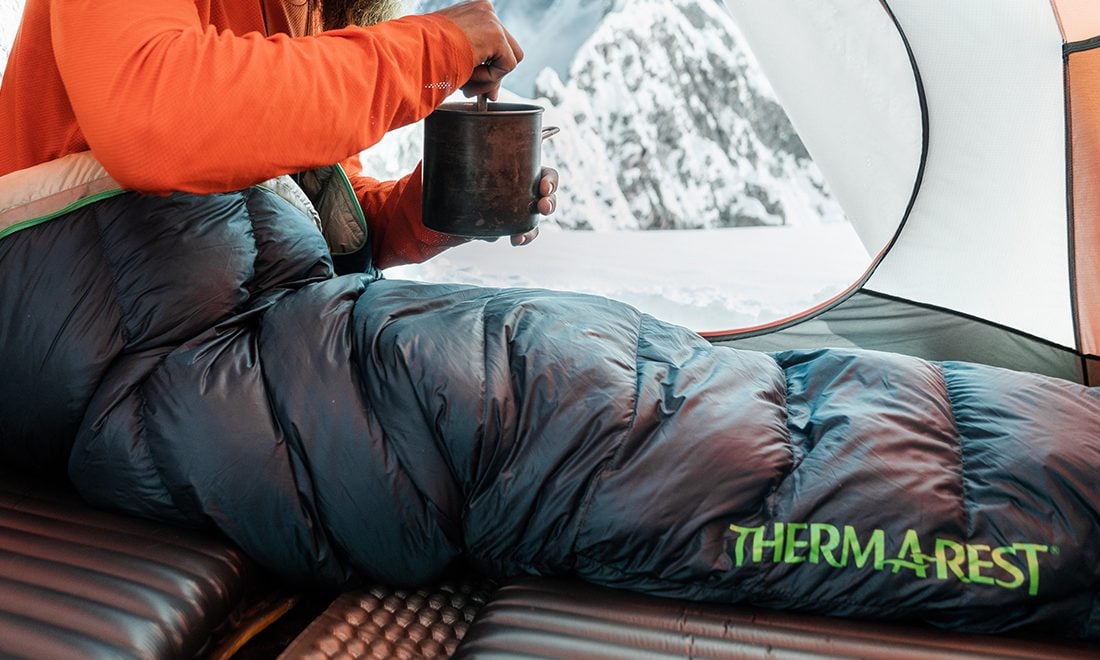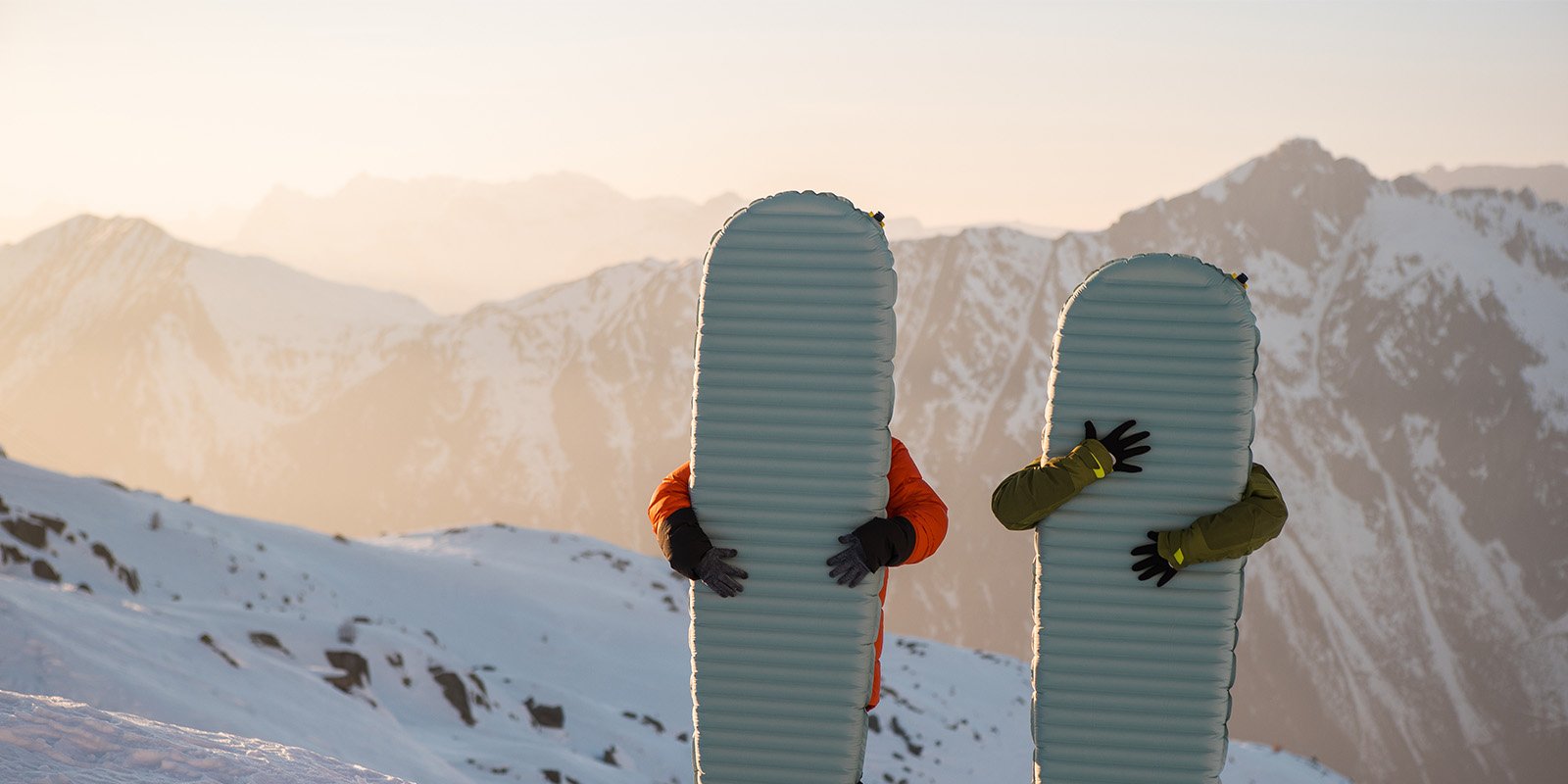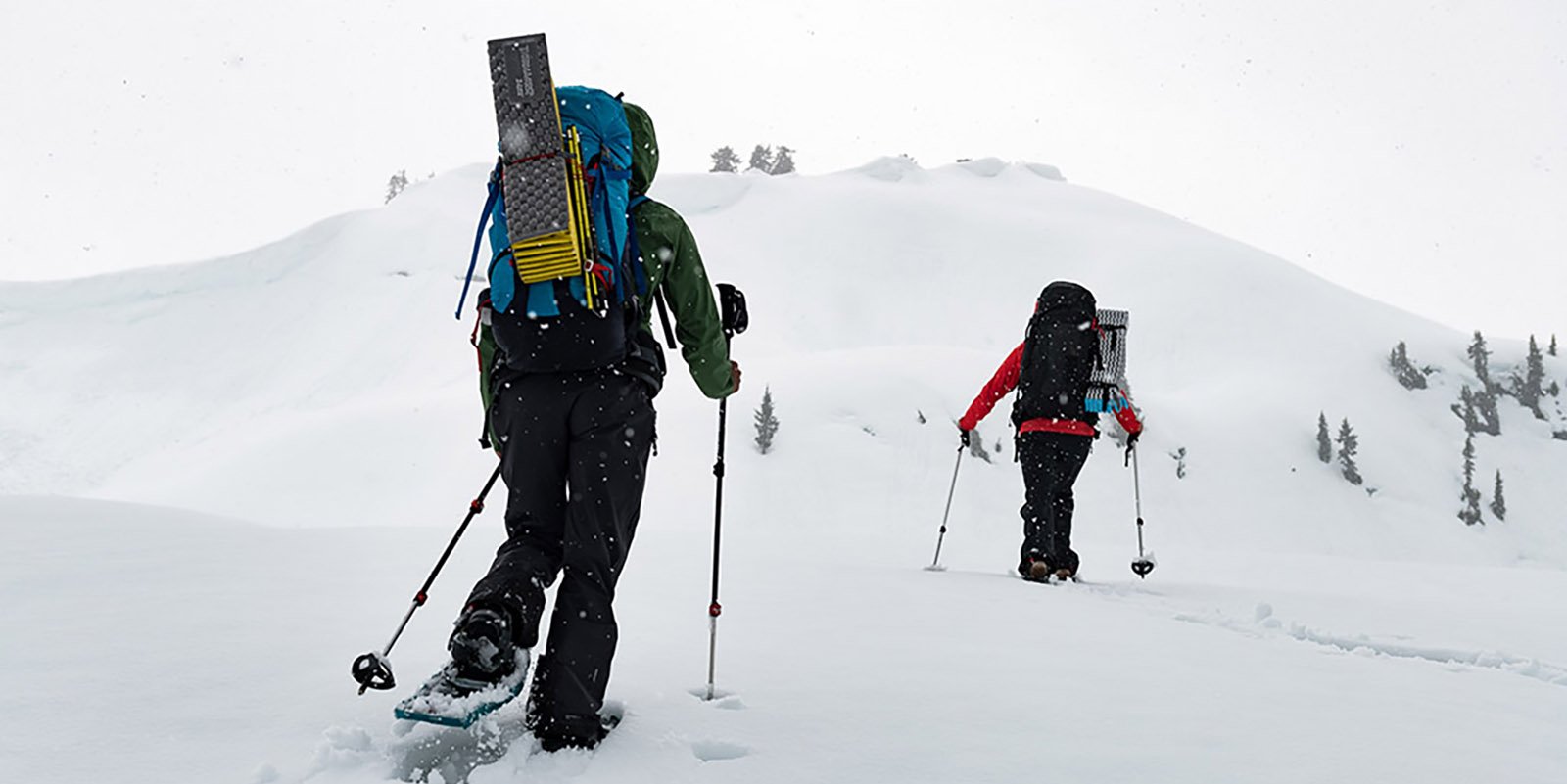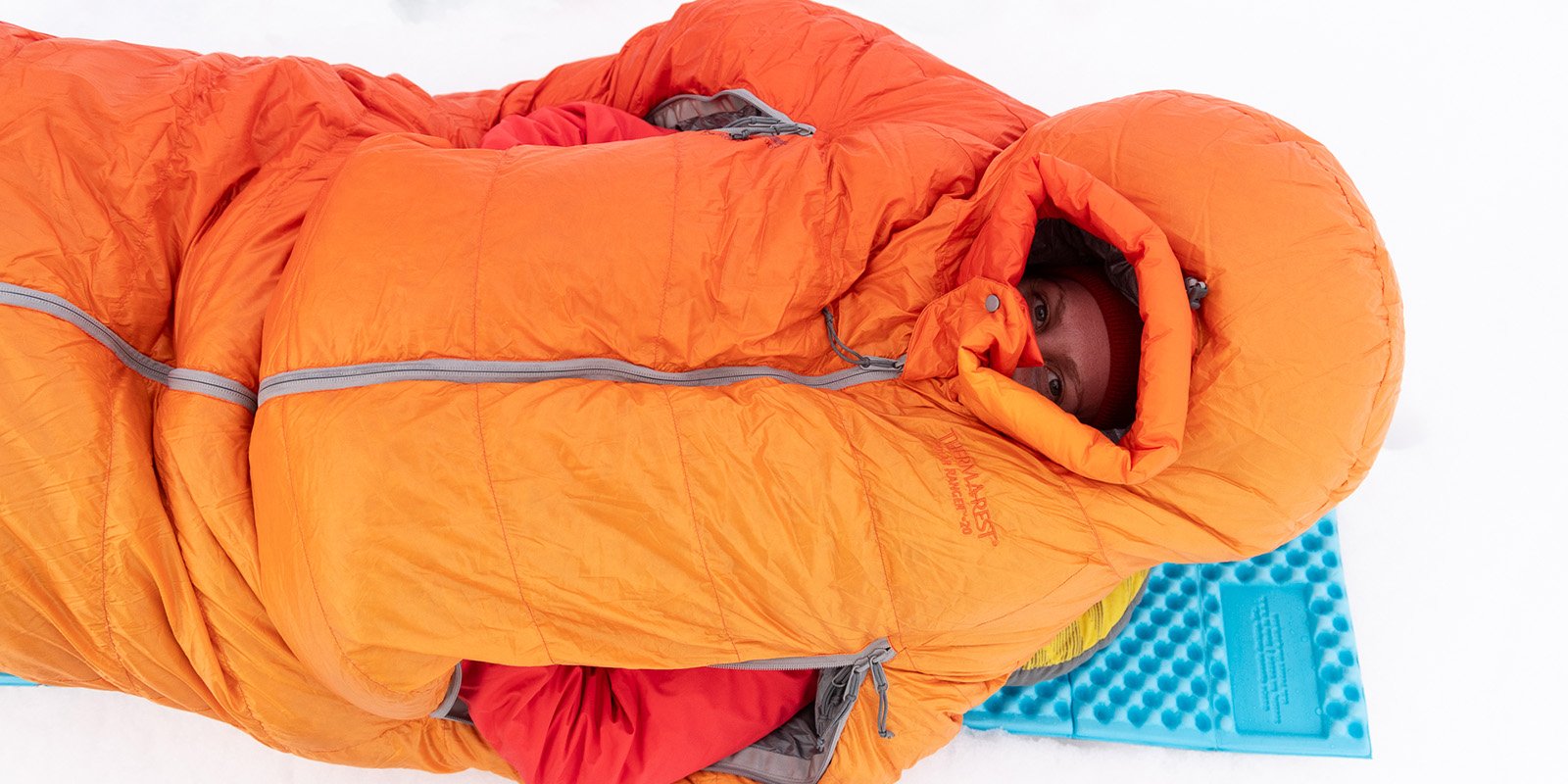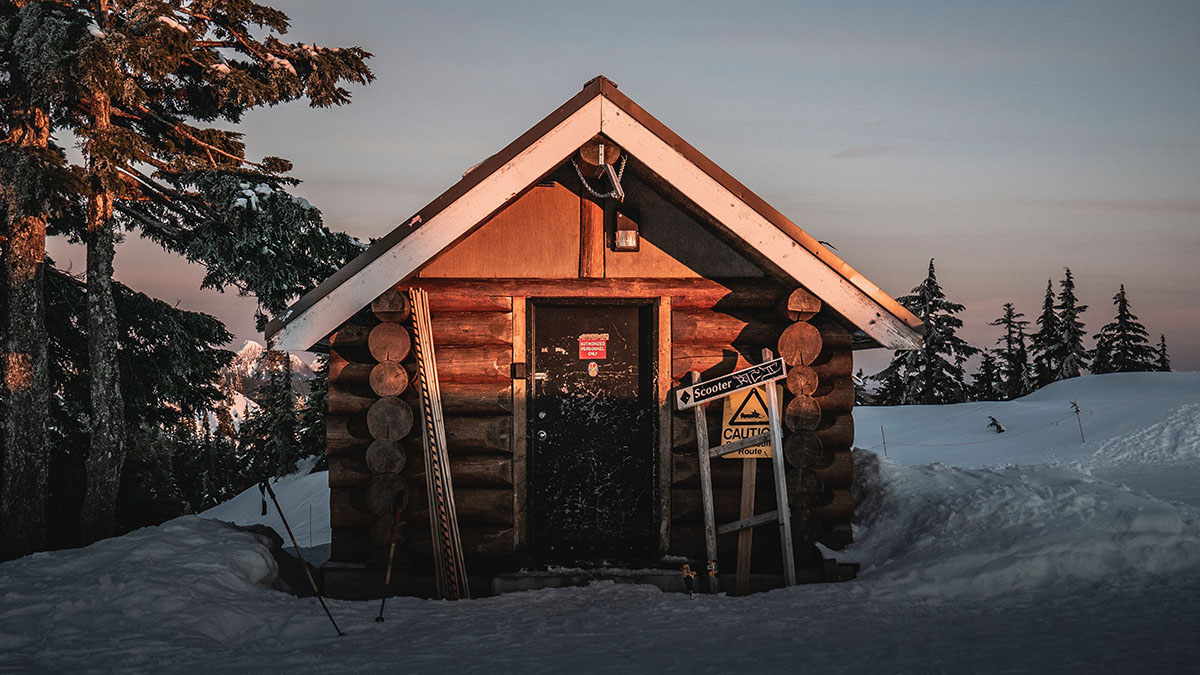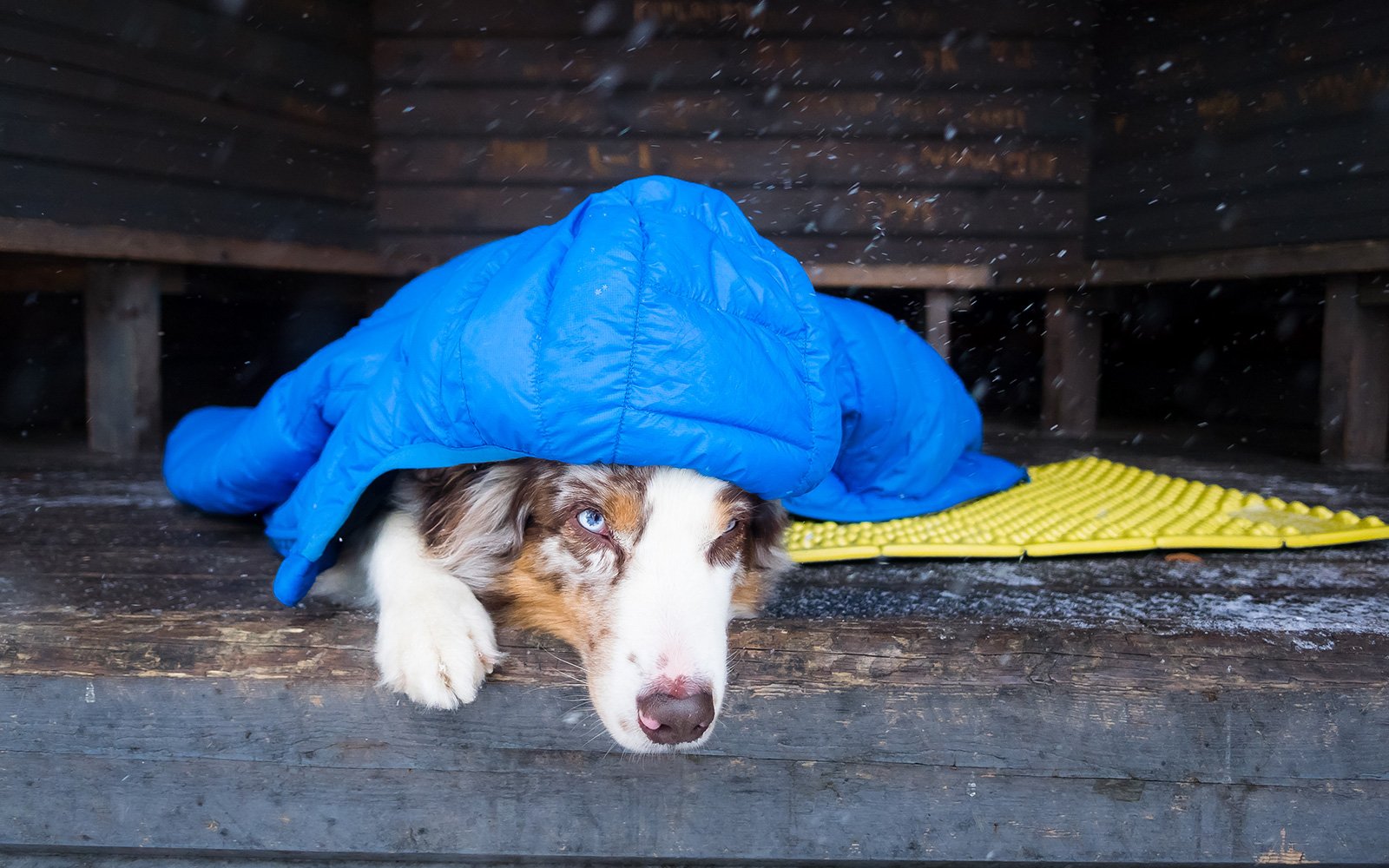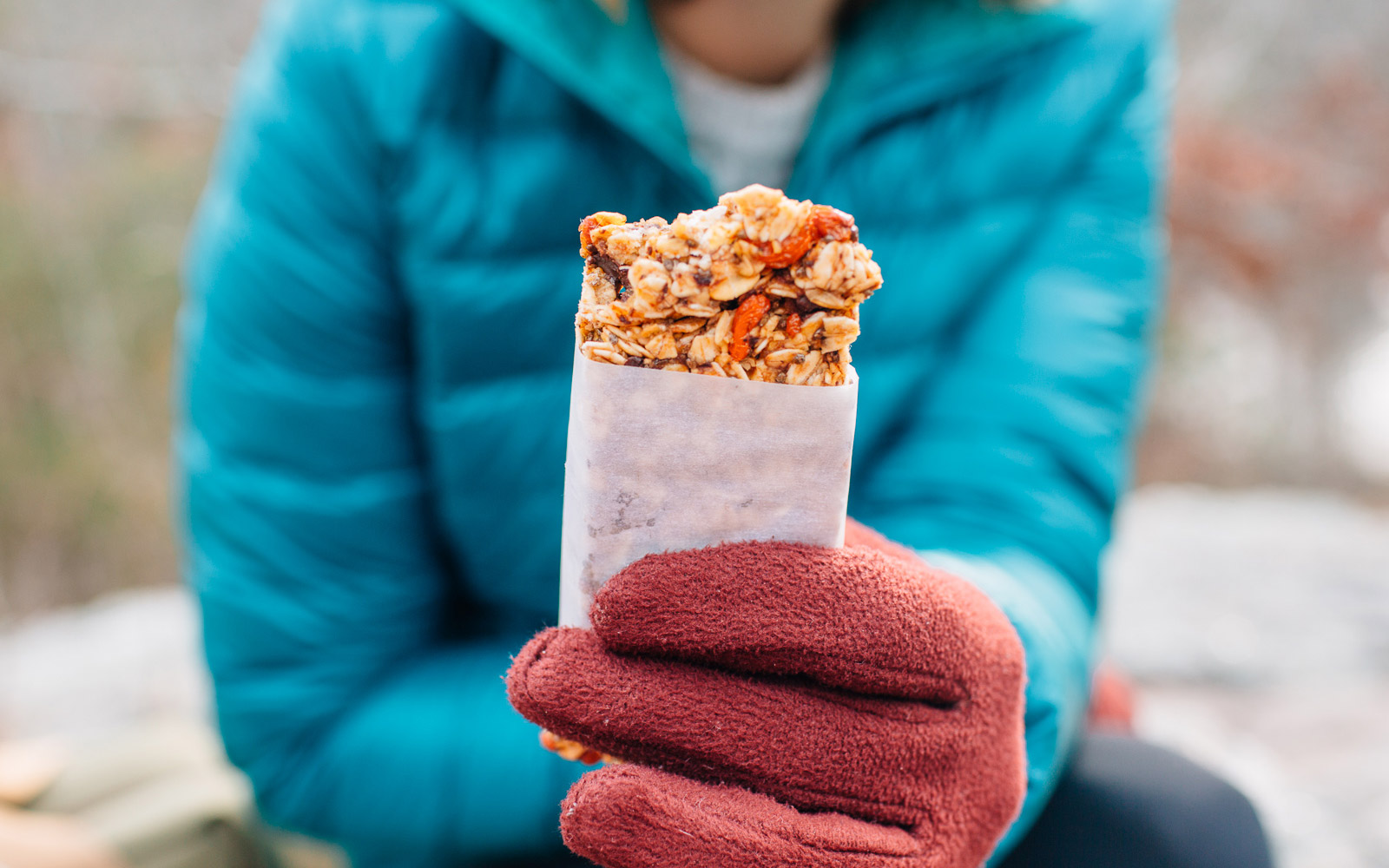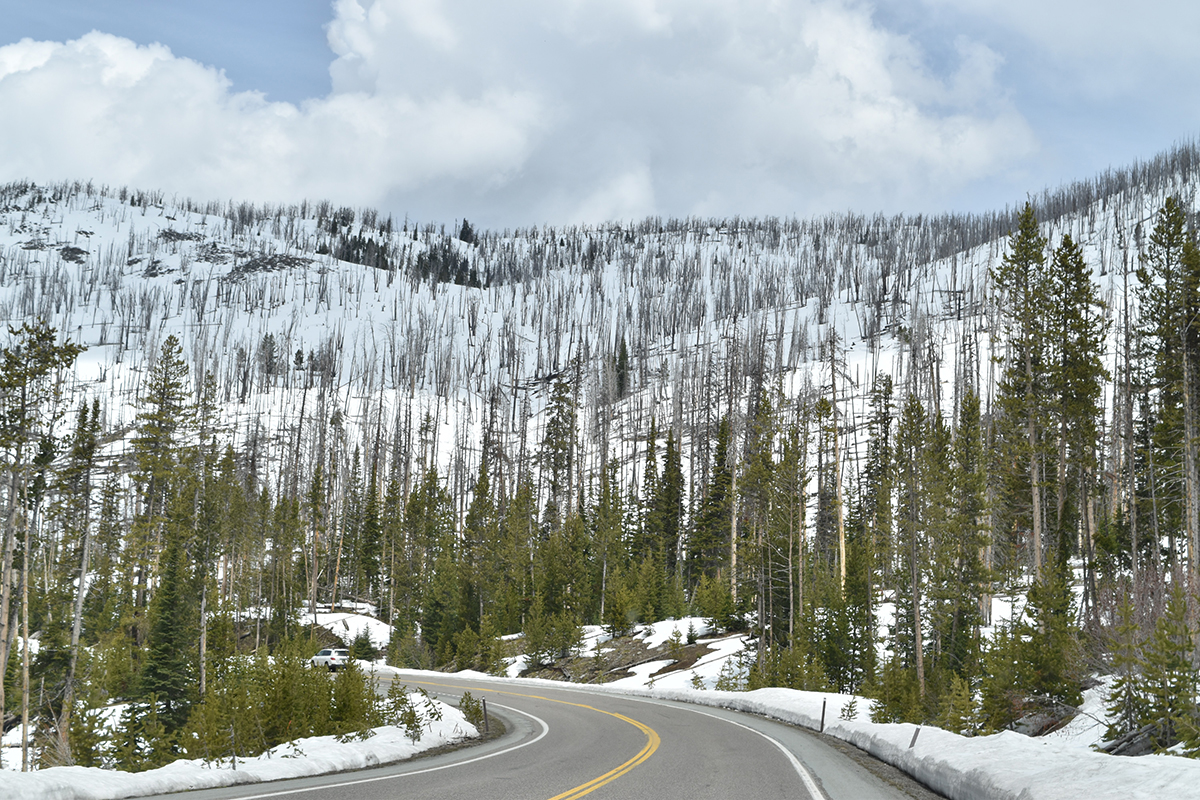Having evolved after more than four years’ camping next to our motorcycles, taking in winter camping from Antarctica to the Arctic, we prioritized our wants and needs for our next big trip. What matters to us is that we’re out there unearthing the planet’s natural beauty across the seasons. We’ve loaded up on gear and new aspirations, and would like to thank our 2015 Toyota Hilux, White Rhino, for lifting the roof off our brains while facilitating our new house-on-wheels in a rooftop tent. This winter, there is nothing more appealing than stuffing ourselves with everything an unscripted, four-wheeled life has to give. Whether you’re in a ground tent or a rooftop one, here are some essential tips for your winter camping adventure!
Winter Camping First Steps
1. A Little Prep Goes a Long Way
Sounds obvious but before disappearing into the hinterlands, tell someone where you’re headed, determine what’s nearby (firewood, water and local regulations), and gauge the distance to civilization on a detailed map. Uber remote camping may warrant investing in a satellite communicator to send and receive texts with GPS coordinates worldwide.
2. Tent TLC
Routinely protect your shelter with a waterproofing spray and air it out well after heavy rainfall to avoid moisture damage. Pack spare guy lines, snow stakes and a repair kit.
3. Truck Prep
All-terrain or winter tires on your 4WD’s sturdy wheels that work in conjunction with the suspension enhance capability through technical terrain – making it safer. (For us, partially deflated BF Goodrich K02s on ICON Vehicle Dynamics wheels and a Stage 4 suspension are doing a nice job off-road in snowy Iceland – permitting us to put White Rhino through his paces without issue).
4. First Aid
Keep it well stocked and in date (e.g. LifeSystems). We add spare gloves, hand warmers, SPF-50 sunscreen, polarized sunglasses and heat pads for the body.
5. Three Items I Always Bring
A Therm-a-Rest® insulated NeoAir® X-Therm MAX sleeping pad, Therm-a-Rest® NeoAir™ Micro Pump, and an external battery pack. (We utilize a PowerTraveller portable unit on foot, and in the rig, a Dometic PLB40 and a Transporter Energy battery – both are lithium and perform well in the cold.)
Staying Warm Outside
6. Making Camp in the Snow
Find a spot that’s shielded from the wind, damaged trees and any avalanche risk. A pitch that exposes your sanctuary to the light at sunrise will welcome warmth. Note nearby landmarks just in case, and pin your GPS location.
7. For Winter Camping, Go 4-season
4-season tents have sturdier poles and more durable fabrics than lesser season tents so they can withstand gusting winds and snow dumps. They have less mesh to insulate better and extended rainflies to keep snow out. Ensure you can pitch your dome sweet dome with gloves on; the same goes for your rooftop tent.
8. True to Size
While it’s worth having ample room to stow your gear away from the elements, don’t opt for a six-person monster when there’s only two of you. Alas, it’ll never feel warm in your shelter.
9. Calorically Dense Dining
Winter camping gives you a right of passage in consuming high-energy food. Keep it simple with quick and nutritious one-pot meals. (I love Good To-Go dehydrated meals, dunking crusty bread in soups or stews with no nasties, and adding frozen vegetables and rehydrated soya chunks for extra sustenance.)
10. Stay Hydrated
Getting fed and watered helps you circulate your blood and thus, stay warm. Drink plenty of fluids, which don’t have to be cold: cordial, herbal teas and hot chocolate all count. Keep liquids in a double-walled, insulated bottle to prevent freezing; the hoses on reservoirs can freeze in chilly temps, cutting off ready access to your water supply.
11. How to Melt Snow
- Scoop up clean, WHITE snow.
- Get the stove lit.
- Pour some water in the pot, then add snow (avoids scorching the snow, which leaves an aftertaste).
- Add more as desired.
- Stow in an insulated bottle the night before, so you’re all set in the morning.
12. Quick Cook System
It’s advisable to pack a backup stove should your primary fail and spare fuel, plus waterproof matches and an igniter in a zip-lock bag. (When we’re not preparing meals from the RSi SmartCanopy kitchen, we cook on the tailgate and use the MSR Windburner Stove for boiling water; fast and stable, they work a charm with canister fuel in all conditions.)
13. Don’t Freeze your Tush
Layering is a three-part system. A practical ensemble comprises a merino wool base layer (wicks perspiration away from the skin); a hydrophobic down insulating layer (traps the air, superior warmth-to-weight ratio); and a Gore-Tex shell layer (keeps wind and moisture out). A waterproof parka, ski or snowmobile wear would substitute the last two. (When it gets bitter, I double up on base and mid layers.)
14. Thermal Underpants to a Parka
Waterproof insulated hats, gloves, neck gaiters (e.g. Terra Nova Equipment) and winter/snow boots, bode well in a winter camper’s kit. As do long, heavyweight, wool socks. (Up to half of your body heat is lost through the head so keep that beanie on overnight or your sleeping bag hood cinched).
Staying Warm Inside
15. Stay Dry
Anything that’s quick-dry (underwear especially) and breathable but merino wool over cotton, and down over synthetic. Religiously change from your “wets” (the clothing in which you’re exerting) to your “drys” (a set of dry clothing to keep your core warm during rest periods. We stay toasty in Sprayway and Icewear). Overnight, pop hand warmers in your boots if they feel damp inside and wear the next day’s socks while pushing up zzZs.
16. Sleep Mat-thematics
Line the rooftop tent’s floor area with self-adhesive insulation foam – even though you’re not on the ground, the cold from the ground in winter will steal every last vestige of body heat. Or use two insulated sleeping pads with a high R-value per person.
17. Stay Cozy
Choose a sleeping bag appropriate to your size and the temperatures you’ll be snoozing in (shake well, so it’s full of air). The Therm-a-Rest Oberon is rated down to 0F/-18C, and is proving to be godsends in Iceland in December. Add a fleece liner if needed. It’s unwise to wear all your clothes when sleeping; you’ll have nothing to warm you up after peeling out of your snug cocoon. Refrain from burying your face in your sleeping bag; you’ll trap moisture inside, which will turn to condensation.
18. Take a Comfort Break
When Mother Nature’s doing her worst, carry 1.) travel-size hot water bottles. (I throw another in my sleeping bag when temperatures become rude) 2.) A Nalgene bottle for ahem, peeing in. Ladies: Consider accompanying the process with a SHEWEE. Resisting the “urge” exerts energy that could be used on your extremities. When nature calls, you should always answer.
Miscellaneous but Magic
19. Housekeeping
Color-coded dry bags (e.g. SealLine) keep you sane when you need to grab an item quickly and keeps your gear protected and dry.
20. Universal Items
Duct tape anything that looks like it could leak, pack a multi-tool, a snow shovel and plenty of lighting.
21. Dental Floss
It’s amazing what you can achieve with a needle and floss – a strong material to substitute sewing thread: pop a button back on, darn your socks and gloves, slice cheese, close holes in the tent, repair a backpack, fishing line alternative, hang items from a tree, make a clothesline etcetera.
22. Emergency Supplies
Should you get caught out for any reason, pack some dehydrated food. I love a raw, nutty energy bar and homemade trail mix, too. Stay healthy on the road.
23. Nothing Burns like the Cold
Frostbite and hypothermia are legitimate concerns while winter camping. Tucking fingers under your armpits or on a friend’s stomach are gleeful ways to warm up! Try the Swiss Army technique: Lock both arms straight and position your hands perpendicular to your arms. Assertively move both shoulders up and down, which sends blood down to your fingers.
24. One Item I Wish We’d had from the Start
Your face may pleat with pity that during our current stint in Iceland we have yet to fit a parking heater. It would have saved wasting pricey diesel, engine wear and emitting unnecessary exhaust emissions. As well, we’d relish a USB/240V heater for the rooftop tent.
25. Pay it Forward
Carry something to give away – you never know when you’ll need someone’s help e.g. beers, cookies, stickers…doesn’t matter – it breaks the ice and any language barriers.
26. Pack a Big Smile
An international friendly hello without having said a word. Being as approachable as humanly possible is number one when travelling through foreign lands.
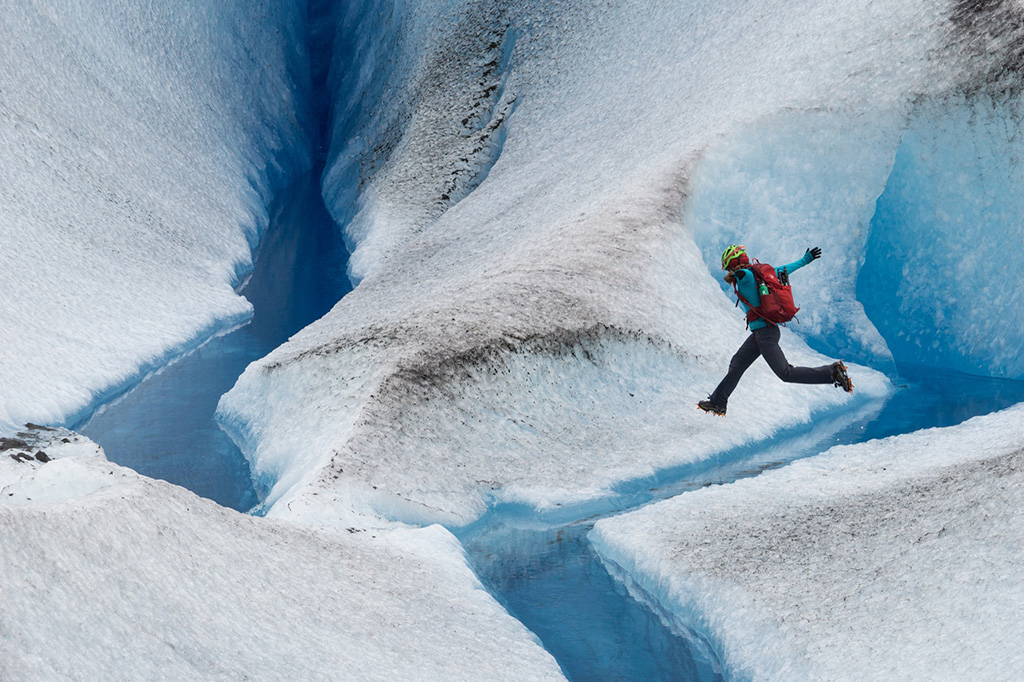
Final Thoughts on Winter Camping
Ultimately, we’ve fallen for constantly changing horizons, whether we’re standing in a colony of Gentoo penguins on the Antarctic Peninsula, or scaling a snowy crater. It’s an endless loop of sunrises and sunsets, of nights spent under skies ablaze with stars. We don’t let a winter break our loop by making sure we have the right equipment and the proper mindset. Trusting in lessons learned by adventuring in winters around the world allows us to confidently push further down the road of adventure, no matter the forecast.

